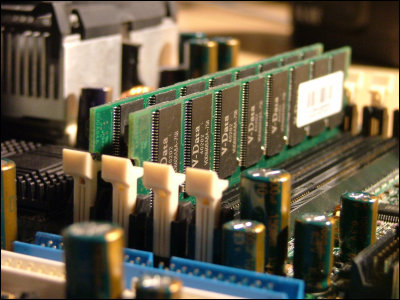JEDEC announced the final specifications of the next-generation memory standard 'DDR5', what has evolved from DDR4?

On July 14, 2020,
JEDEC Publishes New DDR5 Standard for Advancing Next-Generation High Performance Computing Systems | JEDEC
https://www.jedec.org/news/pressreleases/jedec-publishes-new-ddr5-standard-advancing-next-generation-high-performance
DDR5 Memory Specification Released: Setting the Stage for DDR5-6400 And Beyond
https://www.anandtech.com/show/15912/ddr5-specification-released-setting-the-stage-for-ddr56400-and-beyond
According to JEDEC, when compared with the maximum storage density per die area, DDR4 is 16 Gbits, while DDR5 is 64 Gbits. In other words, in the case of UDIMM , the capacity of one memory of DDR4 is 32GB, but the maximum capacity of DDR5 is 128GB. In addition, LRDIMM maximum capacity, if is the case reaches the 2.0TB.

In addition, the data transfer rate per I/O pin is maximum of 3.2 Gbps for DDR4, whereas the maximum data transfer rate of DDR5 is 4.8 Gpbs at the time of commercialization and 6.4 Gbps for specifications. .. However, IT news media Anand Tech has speculated that DDR4 memory exceeding the official maximum value of 3.2 Gbps has appeared, so DDR5 may also exceed the specification maximum value. I am.
Furthermore, a big change point of DDR5 is that a single memory module is divided into two channels. DDR5 does not have a 64-bit data channel per memory module, but a separate 32-bit data channel per DIMM, or a 40-bit data channel when considering ECC . And, the burst length of each channel was BL8 from DDR4 to BL16, and the number of memory banks doubled to 32. Therefore, the effective bandwidth of DDR5 is double compared to DDR4 with the same memory clock.

The operating voltage of DDR5 has also dropped, and 1.2V in DDR4 was 1.1V in DDR5. Also, with DDR5, we decided to install a voltage regulator exclusively for memory on the DIMM instead of the motherboard. With this change, the motherboard will have a simpler design, which will reduce production costs slightly. In addition, since the pin layout of DDR5 has been completely revamped, DDR5 has the same number of pins as DDR4, which is 288 pins, but they are not compatible.
JEDEC expects DDR5 memory for servers to be on the market by 2021, with a life cycle of about 7 years, similar to DDR4.
“High-performance computing requires memory to meet the ever-increasing demands of today's processors. The DDR5 standard will drive future growth for customers and end users,” said Joe Makri, CEO of AMD's Compute and Graphics division. AMD can design better products to meet these demands.'
'We are entering a new era of DDR memory performance and functionality with the introduction of JEDEC's DDR5 standard,' said Carolyn Duran, Intel Vile/President of Intel Memory and IO Technology. Developed with great effort, DDR5 has made a dramatic leap in memory functionality, and the introduction of new technology to meet the demand for AI and high-performance computing has achieved a bandwidth improvement of 50% for the first time. '.
Related Posts:
in Hardware, Posted by log1i_yk







